Sommelier Liquidity AMA With Loi Luu From Kyber Network
In this Episode, Kyber Network Cofounder, Loi Luu, and Zaki Manion, Cofounder Sommelier, talk about everything from Kyber and DMMs to how the AMM space is evolving
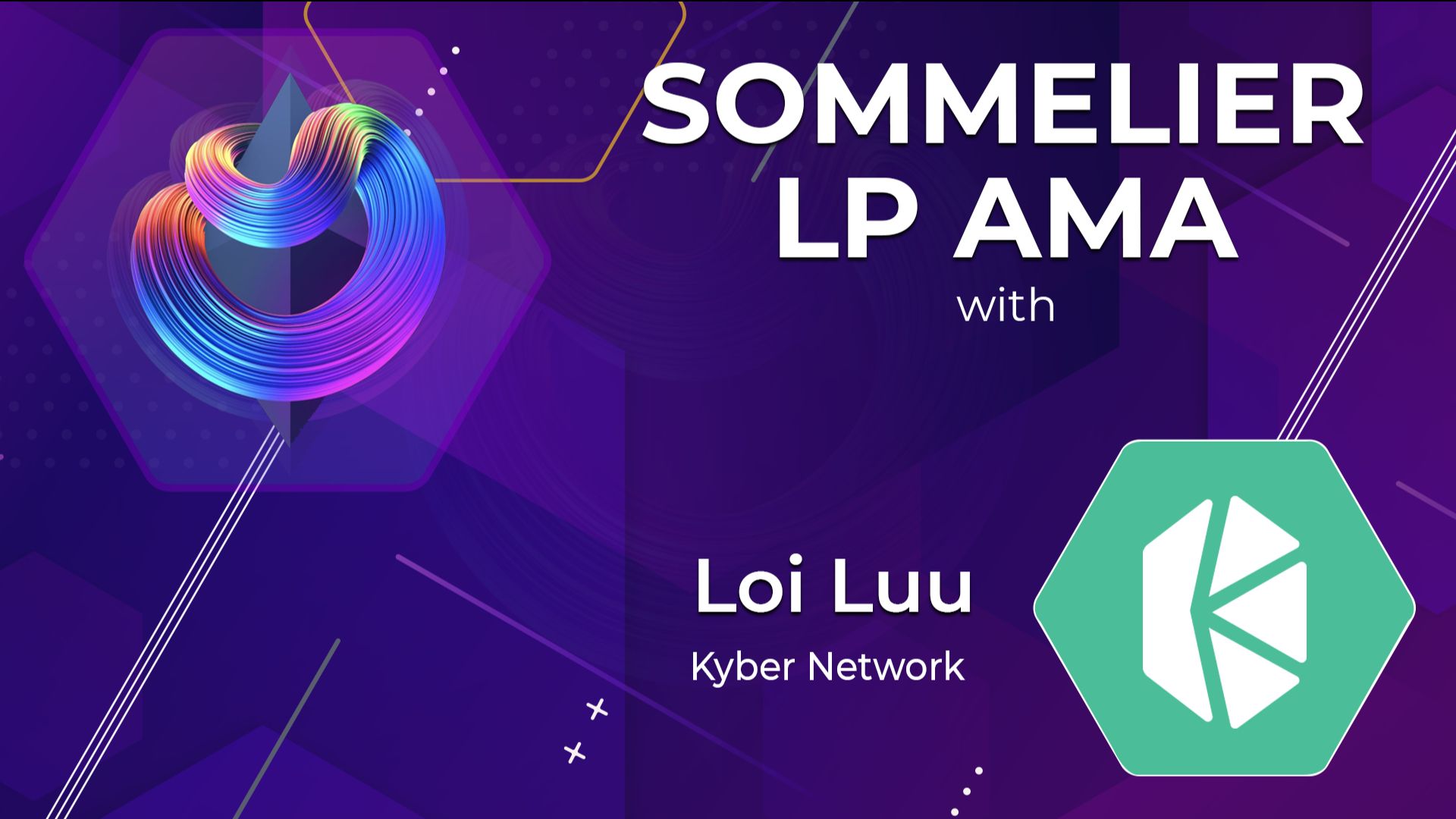
Zaki Manian, Sommelier Cofounder, wants you to know that Loi Luu is one of the “OGs” of the DeFi space. Here’s what they discussed about the latest for Kyber and how the AMM space has been evolving. He invites Loi to share a bit of the history of Kyber, what’s in the latest version of the protocol, and discuss some unique features it brings to the DeFi space. Loi is some of his dev team in Hanoi, Vietnam, because of Covid-19 travel restrictions he can’t get back to Singapore. For Zaki, who is on Pacific time, it is the middle of the night.
A willing participant, Loi explains:
“Together with a couple of other cofounders back in 2017 when we saw that was the year that many of the well-known decentralized agendas got kicked off. So, in that year we had Zero Eggs, S-Swap, OMiseGo, and also Kyber.
“Basically, our motto back then was that we really wanted to support the professional market makers to allow them to efficiently do market making on-chain. So, we architect and design our protocol around that idea. And, I think to date we still have several professional market makers doing market making with Kyber using our protocol.
“I’m going to share a little why it didn’t take off as much as other AMM protocols. So, that was the original design and purpose of Kyber. And later on the space evolved so fast and there has been a lot of new innovation happening. At Kyber we have our own IMD team who recently produced and also developed and rebuilt what we call the DMM or the dynamic market maker, which I think is a more advanced version of the traditional AMM.”
What is special about the DMM?
In the DMM, Kyber introduced two very cool features. Loi explains: “One of them was a capital efficiency that, I think, Uniswap v3 also introduced. Basically you can concentrate -- I think we used the term amplify -- the liquidity you have given the same inventory by narrowing the price range that you want to support for them to compare in the pool.”
Zaki interjects: “So you were Uniswap v3 before Uniswap v3 was Uniswap v3. Very, very cool.”
Loi continues: “I think that our approach to achieve the capital efficiency is basically the same. I think we announced a few months before Uniswap v3 but I believe that the two were discovered independently.”
“The other feature is what we call the dynamic LP fees. Basically what we have seen in other projects is that the LP fees are basically fixed -- it’s constant. Once you set up the LP fees that’s it. It doesn’t get affected by the market conditions or things like that. But what we observed from the traditional market makings by professionals is that when the market changes, the fees or the spread will change as well. We wanted to reflect that in DMM. So basically in DMM there’s a nice feature to assess the LP fees based on the market condition. So when the market is volatile, the LP fees will be increased to basically protect the liquidity providers.
What do the inputs into the LP fees include?
Loi explains, “The LP fees will take into account the movement of the trade volume. I think we use some moving average function based on the volume to determine when to increase LP fees.”
Zaki’s observes:
“The only other project that I’m aware of that is doing dynamic LP fees is THORChain, and THORChains fees are, I think, slippage-based so depending on how much slippage there is in the pool -- if the slippage is high, the LP fees go up to try to bring in more capital to bring down slippage. That’s one of the mechanisms that I’m familiar with.”
Loi thinks that’s the approach that 1 inch also uses in their AMM. He says:
“Basically I think this has been done in the traditional markets for decades. And we just wanted to bring it back to the AMM space. There are going to be a lot of ways you determine when you want to increase LP fees. So, I think, based on the slippage, it’s one way, based on market moving on volume is another way. There could be potentially lot of other ways that people can try to experiment with on this topic.”
Zaki thinks through how it works. He says: “As a liquidity provider, I'm trying to figure out where to put my liquidity. How should I think about what tokens or what pairs are putting my liquidity into the DMM. Potentially like the best way that I’m going to maximize my profits as a liquidity provider.”
Loi responds: “DMM is actually a lot simpler for the retail LPs to provide liquidity. Given the same pair of tokens, there would be one or two pools that would stand out in terms of liquidity. I think the best liquidity pool will attract the most volume and essentially will return better for the LPs. So DMM is configured in a way that the pool creator will fix the price range -- basically they choose how they want to amplify their liquidity in the pool. So basically liquidity providers don’t have to pick which price range that they want to support because once they put liquidity in the pool the price range is already fixed. If they want to have their own price range then they have to set their own pool, which not many people will do.”
Zaki says: “One of the things that is novel about this is that the pool creator sets the price range here and then everyone else who adds liquidity in that pool just inherits that range. That could be very handy, especially for bootstrapping liquidity off a new token. I think one of the most complicated things that Sommelier has been building tooling around has been for Uniswap LPs picking ranges. That does seem like a very cool feature of the DMM, to be able to be like someone else, someone who has some reason, some beliefs about the price, pick the pool range.”
How now, DMM?
How is the DMM being integrated into the rest of the DeFi space? Zaki observes: “I think we’re starting to see more and more trading being routed through aggregators rather than people going directly to the user interface.”
Loi says he thinks we have seen this aggregator trend for almost a year already. He says:
“That’s why I think most of the traffic to DMM also are routed via the well-known aggregators, like 1 inch and Zero SPI, Matcha, and PowerSwap as well.
“And, I think that that should be the way for the retail traders. Because I think even if you have the best liquidity there might also always be some benefit of splitting the trade into two different pools. That’s something that the aggregator does really well since they’re connected to all the available liquidity pools.”
It’s fantastic for liquidity providers that they’re seeing the traffic from the aggregators. Still, Zaki says it seems like the DMM is just another tool in the toolkit for a liquidity provider to try and figure out. It gives you some of the capital efficiency of Uniswap v3 but you could go into a pool that already exists.”
Having waited his turn, Loi says:
“I think I want to comment a little bit about the DMM approach and also the Uniswap v3 approach. I think there’s pros and cons in both of them. Of course, Uniswap v3 is much more flexible for the LPs, but for the retail LPs I’m not sure whether they know enough to pick the price range for them. For most of them probably they will just follow whatever is given to them by the fund. So I think in DMM they want to make it super easy and seamless for the LPs, basically, these are the pools that are already amplified in liquidity so why don’t you just contribute the liquidity. Instead of asking them to pick their own price range.”
“Yeah,” says Zaki. “The high level of this approach makes a lot of sense to me and I think it’s really powerful.”
Future of Kyber
Loi takes some time to discuss a couple of things his team’s been spending a lot of time on:
“One of them is the next version of DMM. Currently we have a few things that we can still improve at DMM. One of them is: basically, once the pool is created the price is fixed, right? But we want to have the ability to basically upgrade the pool or asus?Assess? the price range once we see the market has been changed.
“The other one is that we have been looking at Layer 2 as well. We have been doing some experiments with Layer 2s. So one initiative that the team has been working on is basically AMM focused Layer 2 that we have a couple of very cool features, like we could prevent frontrunning on that Layer 2, we can decentralize the Layer 2 operators as well. Because one of the things that we see as a disadvantage in Layer 2 is that the Layer 2 operators are usually the centralized party, right? So basically they can do many things that they want to, frontrun the users, do censorship and things like that. That’s something that we have been working on.
How Layer 2 and DeFi are going to play out?
Zaki jumps in: “It’s a pretty exciting time on Layer 2s now. You’ve got Uniswap launching on Optimism, the Layer 2 promise that we’ve been hearing about these last four years is becoming real. It’s becoming fantastic. What’s your take on how the layer 2 space and DeFi is going to play out?”
Loi takes a pass at it:
“I think DeFi is getting more and more stable. I think there are probably a couple of movements that I’m seeing in DeFi. One of them is to really get the institutions involved. We’ve been seeing Aave and Compile trying to do that. And, even in Asia I think there are several Crypto funds that wanted to bring the traditional capitals from all the banks and financial institutions to bring them to DeFi. Because if you’re talking about something like eight to ten percent yield on your stable annual that’s known very high in the traditional market. Like in Singapore we are seeing something like two or three percent. There is a lot of capital out there that is just waiting to be deployed.”
Zaki says: “But of course as that capital comes in it is probably going to push down yields quite a bit.”
“Yeah, that’s totally possible,” says Loi.
Zaki thinks the ability to have something with the user experience of a savings account is just phenomenal, ”but you are providing liquidity to various people who are speculating, who are taking out loans, who are participating in liquidations. All of these opportunities to put that money that ordinary people and many institutions just don’t have. You know, it really opens it up. It continues to be an incredible achievement. I’m incredibly impressed that things that work have been found in DeFi and how quickly.It’s really staggering. I don’t know if I agree with you that we’re stabilizing. I still think that there’s just so much to explore.”
Loi says reflectively, “Maybe stable is not the right word.”
Zaki says candidly: “I feel like there’s some consolidation around some things that work.”
“Right, right, right, yes,” says Loi.
Zaki’s on a roll: “You know, the reliability of stablecoin liquidity pairs, those sorts of things have started to become really powerful and useful tools that have very well-understood risks.”
“Exactly,” Loi says. “And I think it’s fascinating to see even the trade volume of Stablecoins on decentralized trading platforms like Uniswap and others, much more than the centralized one. So, that really showed that a decentralized platform can handle that much volume, that much traffic compared to the centralized one. I still remember a coup;le of years ago we said we are still far away from beating centralized one but it’s a really fast market. Everything moves so fast and I am a little surprised that we have arrived at this stage much faster than I expected.”
“Yeah, I'm with you,” Zaki responds. “Everything’s happened way faster than it seemed.”
Layer 2: Still early
Loi offers his view of Layer 2.
“We are still early. First of all, we don’t see a major adoption from Layer 2 yet. Of course a lot of new things are coming out from all the Layer 2 teams. But, I think we are still early to see if Layer 2 will have any impact on the actual adoption that we are having in DeFi. Because I think it’s going to change a lot of user flow, user experience. And one of the most important things is composability between different DeFi platforms. I think that’s a big topic that not many people have really addressed. We are seeing several Layer 2 frameworks that allow you to operate the full EVM between that Layer 2, but I think it’s going to be a huge trade-off in terms of the performance and the race model and things like that. I don’t think it’s going to be that straightforward so that’s why our approach in Layer 2 is use case specific for now. Let’s just forget about all the other use cases. Let’s just forget about composability, let’s just have one use case, deliver it with a really good user experience so that people get the taste of what Layer 2 is.” He adds: “I think the space is investing in Layer 2 and we’re going to get something really solid soon.”
Zaki jumps in with something he said earlier that day:
“In 2017-2020 I thought it was pretty clear how this space was going to play out. I think there were a lot of questions about whether or not Ethereum could overcome a bunch of its challenges, I feel like it’s made a lot of progress. On that front. It was inevitable that we were going to get other working Layer 1s. Once the Layer 2 roadmaps shifted from being so Plasma centric, so state channel centric, and went to these rollup-based designs -- whether they’re application-specific or general purpose EVM, I think that still has a long way to play out in the same way that application-specific Layer 1s versus smart contract Layer 1s, it’s also an experiment that is still going to take quite some time to play out. But a lot of things have moved in a very sensible way. And now I think it’s very difficult to see where all of this stuff ends up.”
Which brings up a little-talked about topic
Loi says Zaki has brought up one topic that he doesn’t think many people actually realize is happening -- and that is Layer 1 use case specific. He explains:
“So, I think several projects already have their own chain, like their own Layer 1 that serves solely the purpose of the project. I think we found Compound has their own chain. And then, I think, XC has their own chain as well. This is quite interesting because once the project has some sort of adoption, they will immediately start thinking about how to actually create something that will serve their own use case better.”
Zaki adds: “And, the dynamics around making an app your own Layer 1 and making your own Layer 2, either one application-specific -- either an application specific Layer 1 or an application specific Layer 2. Are very similar and the user interface trade offs are going to be very similar and things like bridges to Ethereum and IBC exist now and all of these pieces are very quickly going to be commoditized. They’re going to be everywhere. You’re going to have your Layer 1, Layer 2 interoperability, you’re going to have your inner Layer 1 interoperability, and Layer 2 interoperability and it’s difficult now that we have produced all of these tools to really have a full analysis of what’s going on.
“Also, it’s just generally, like. There’s just so much happening every single day. There’s so much information to consume. Well, I’ve really been enjoying these AMAs with all of these DeFi projects because I almost always learn something. Right?’
“Right,” says Loi.
Zaki notes: “We’re long past the days when I could just keep up with everything from crypto Twitter and going to conferences and reading papers. It’s a fire hose of information.
Final insights on professional market makers
“Oh,” says Loi, “I forgot to share our insight after we worked with the professional market makers. As i mentioned earlier we talked to up to 20 different market making firms to be onboard and use our framework to do professional market making on chain. So it was going well and a few of them ageed to set up their teams and do some experiments. But a couple of things made it hard for them to continue:
“First, increased gas cost. If gas cost stays at 10 or 20 gigaway they are still okay but once it increases to 100 or above it is really high for them to continue.
“When we started seeing more traffic given to the professional market makers -- I think late 2018 and middle 2019. So back then, I think the liquidity that they provided was really good compared to Uniswap and a few others. And I think our volume was still compatible to Uniswap and a few others as well.
“But then, liquidity mining happened. That is when we see a lot of capital from retail being put in AMM pools. And the professional market makers basically cannot beat an AMM pool that has a lot of capital in terms of liquidity. So, that was really a shock for all the professional market makers that were doing on-chain market making with Kyber. They started seeing less and less volume being routed to them and eventually they couldn’t continue. I think that was some really tough conditions and environment for the professional market makers to operate.”
“Cool,” says Zaki. “Liquidity mining has been the defining aspect of this space. The DMM sounds like a farmable system. Are liquidity mining contracts available on the DMMs yet?”
“Yeah,” he says, “we have liquidity mining campaigns on DMM so it’s available on both Career mans or polygon.”
More articles

Is Speculation Killing Crypto’s Future?

Sommelier's Path Forward: Embracing Revenue Over Narrative

Sommelier January Update
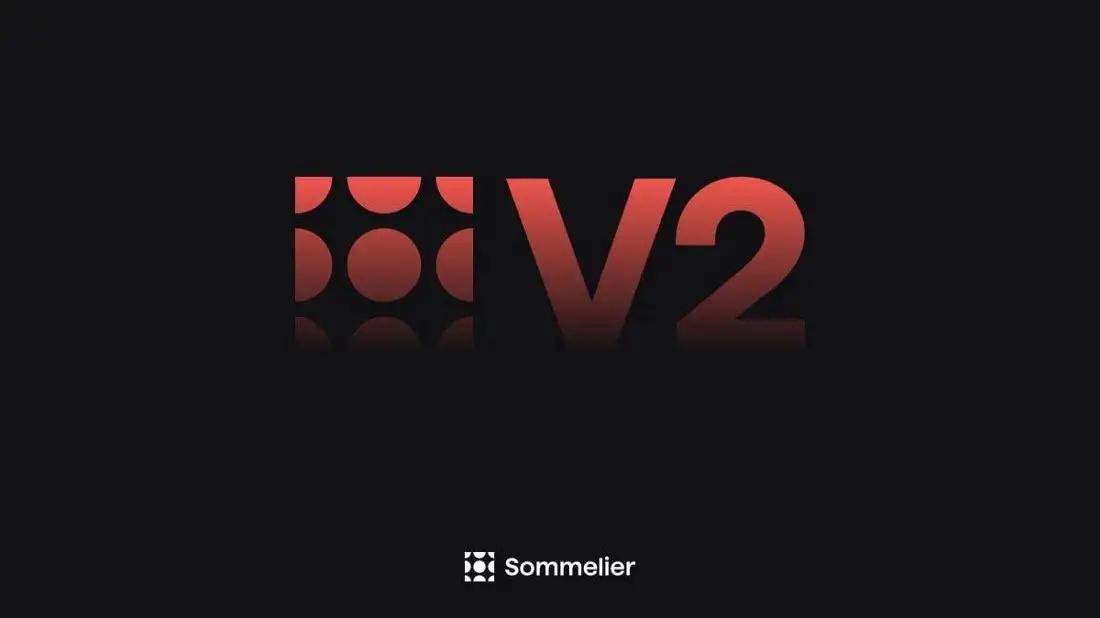
Sommelier Upgrades Cellar Architecture to Enable the Most Powerful DeFi Strategies in the Market

Real Yield USD is Coming to Maximize Stablecoin Yield

Retrospective on 2022 and the Journey Ahead

FAQ - Patache Digital’s Steady Strategies
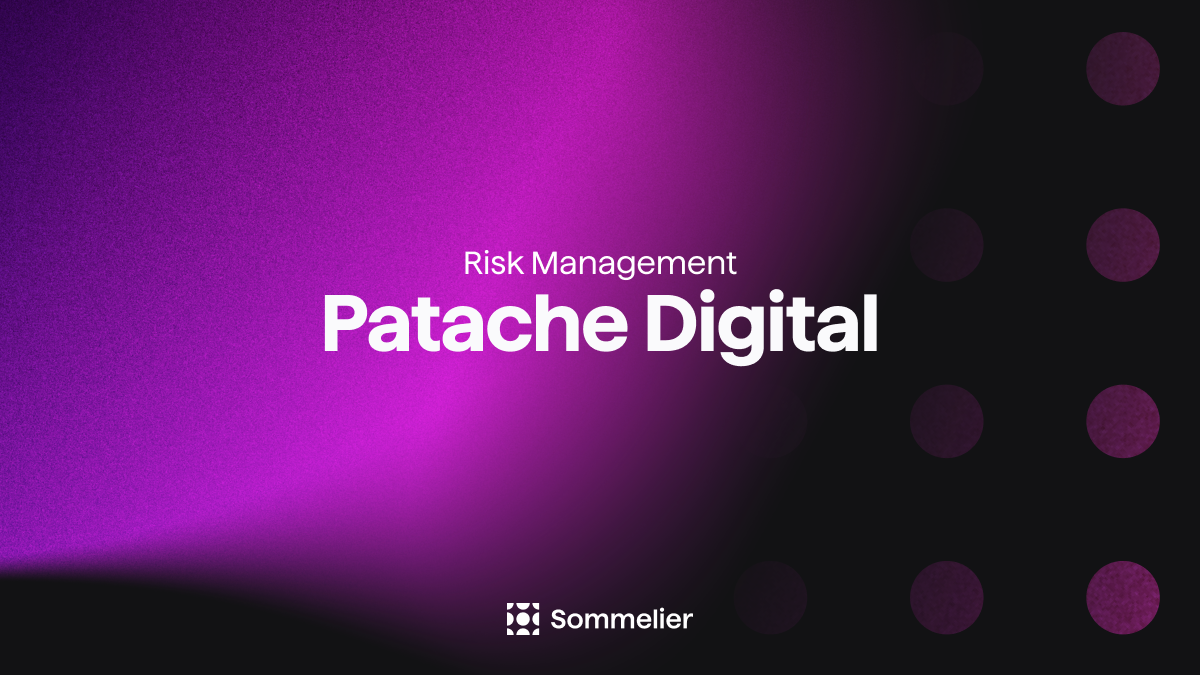
Patache Digital: Risk Management Discussion

Strategy Deep Dive: Patache Digital
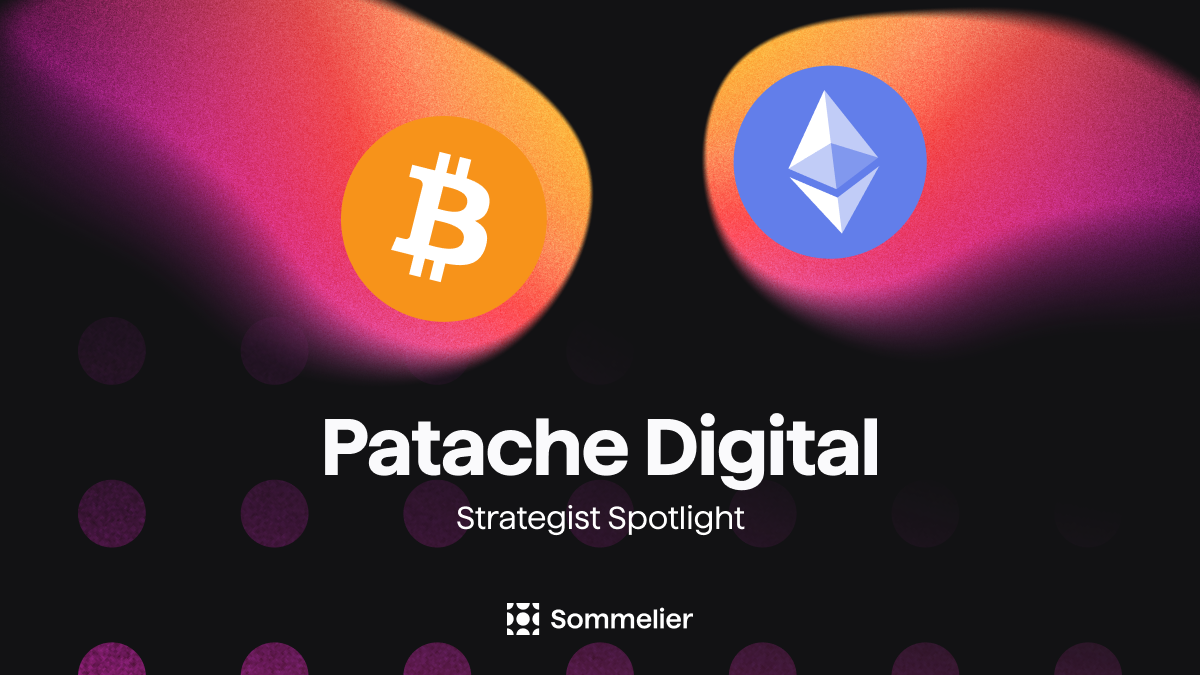
Strategy Provider Spotlight: Patache Digital
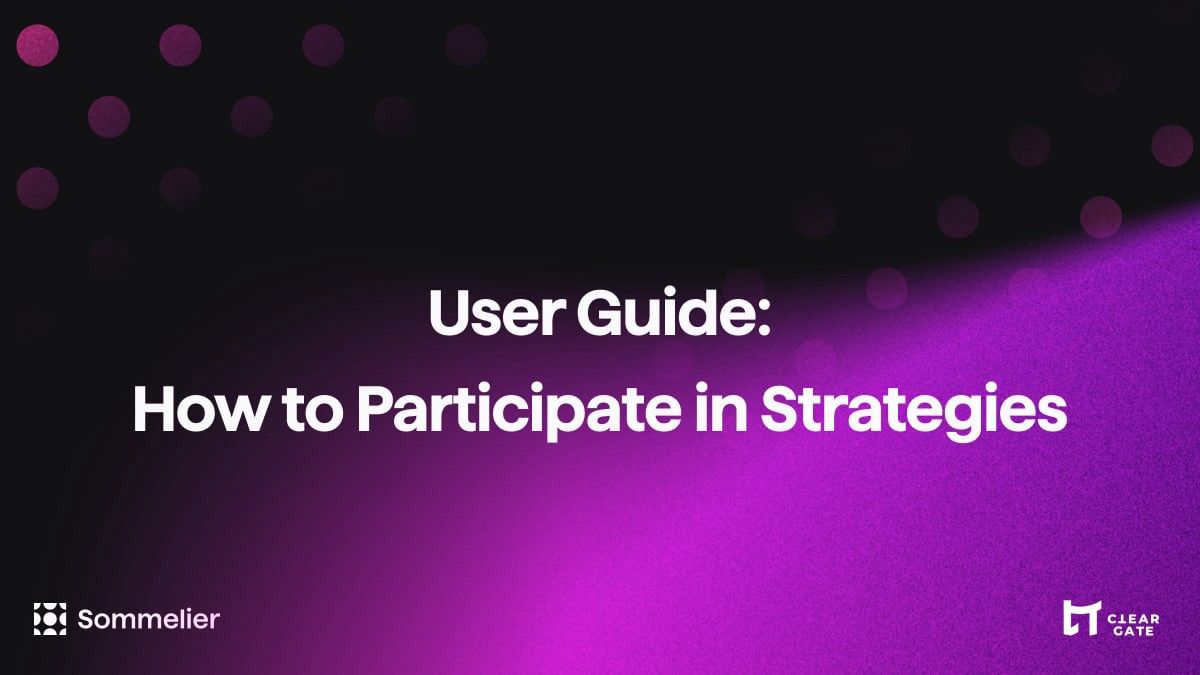
User Guide: How to Participate in Strategies on Sommelier

Sommelier Ambassador Program
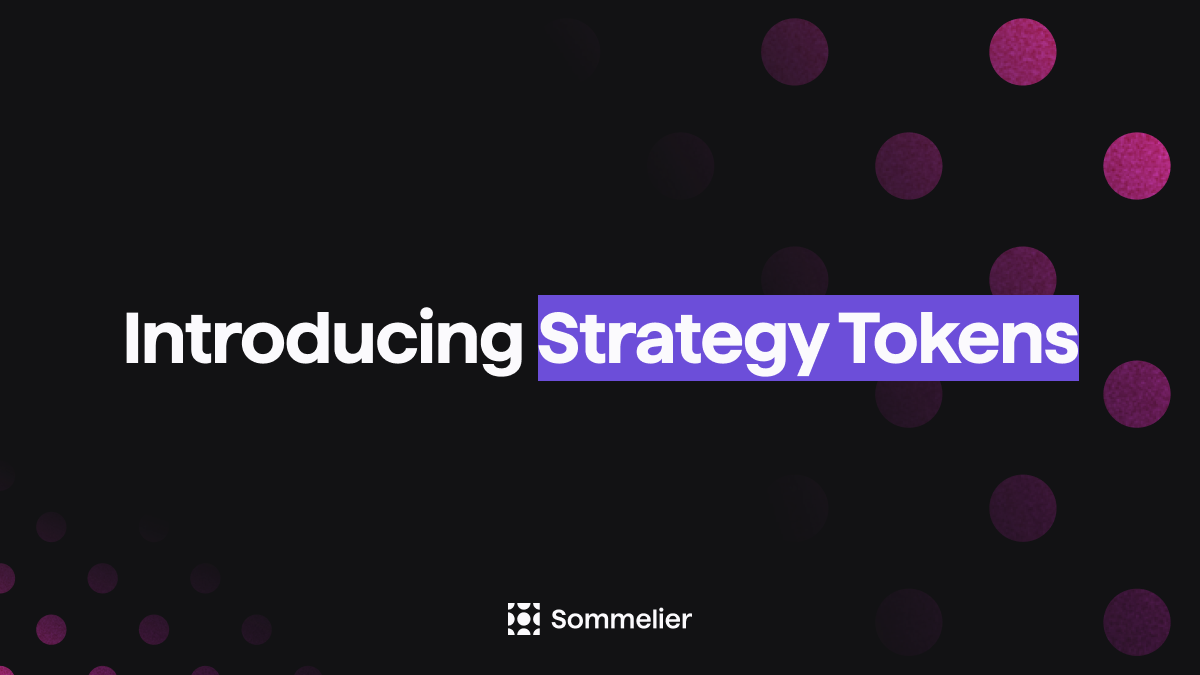
Strategy Tokens: What Are They and How Do They Work?

6 Core Principles of Sommelier

10/10/22 - Deep Dive on Cleargate Backtesting

Strategy Provider Spotlight: Seven Seas

Deep Dive on Trend and Momentum Strategies

Strategy Provider Spotlight: ClearGate

Supporting Strategy Providers on Sommelier

Sommelier Protocol Team Weekly Update #11

ELI-5 Explanation of the Data Science behind Sommelier’s First Aave Cellar

Sommelier Protocol Team Weekly Update #10
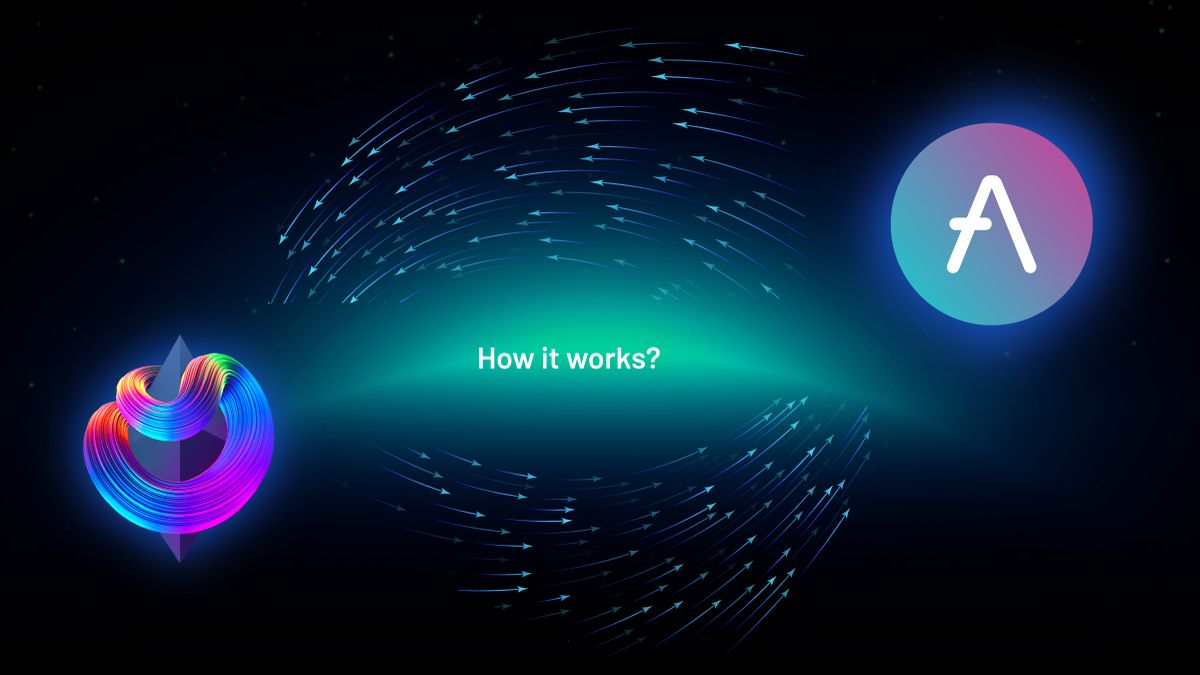
The Data Science Behind Sommelier’s First Aave Cellar
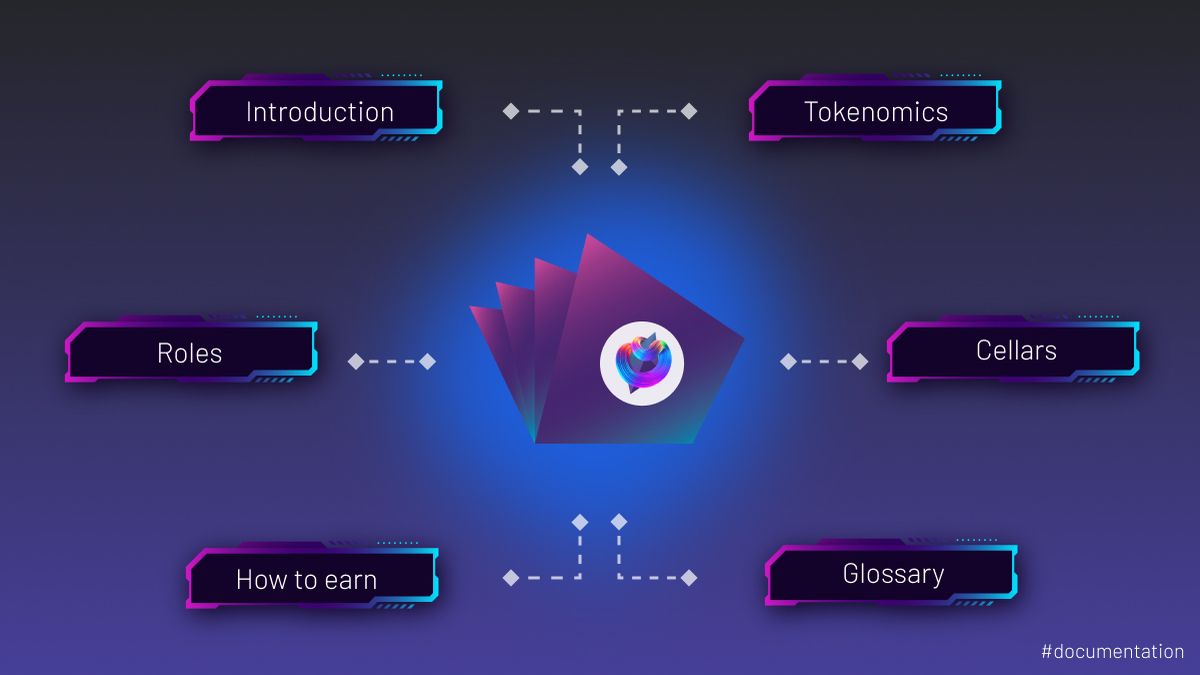
Sommelier Protocol Design Documents

Sommelier Protocol Team Weekly Update #9

Sommelier Protocol Team Weekly Update #8

Sommelier Protocol Team Weekly Update #7

Twitter Spaces With Sommelier: How to Launch a Cellar on Sommelier

Twitter Spaces With Sommelier: Protocol Upgrade and Community Update

Sommelier Protocol Team Weekly Update #4
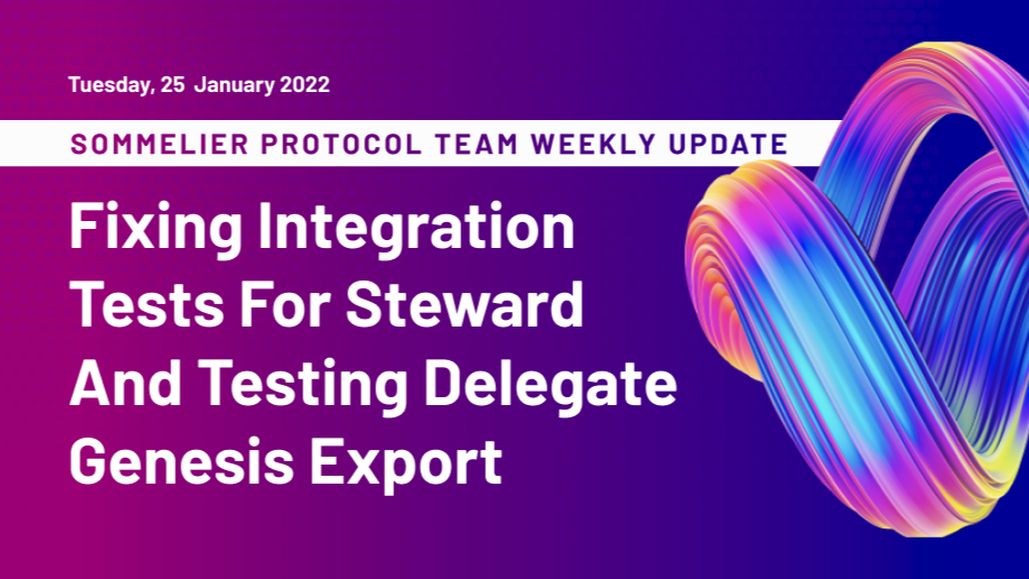
Sommelier Protocol Team Weekly Update #6

Twitter Spaces With Sommelier: SOMM Airdrop Proposal Data Analysis

Twitter Spaces With Sommelier: Community Update on the First Cellars to Launch
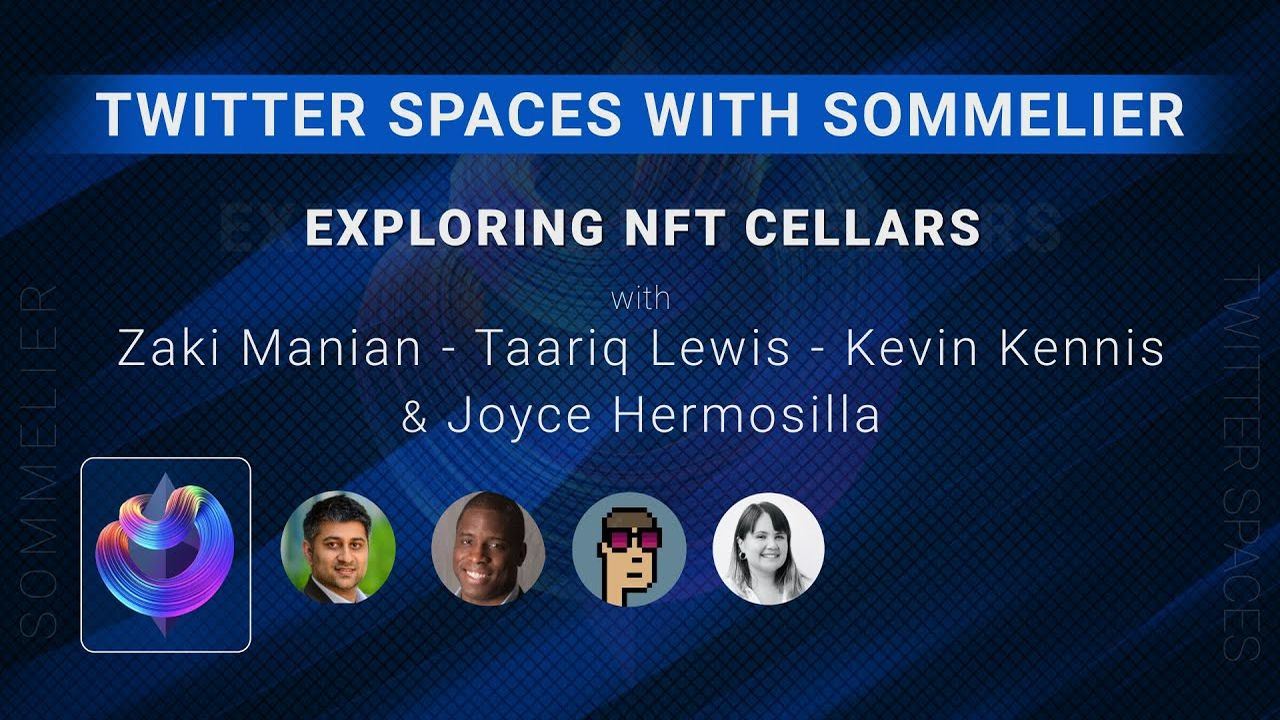
Twitter Spaces With Sommelier: Exploring NFT Cellars

Sommelier Protocol Team Weekly Update #1
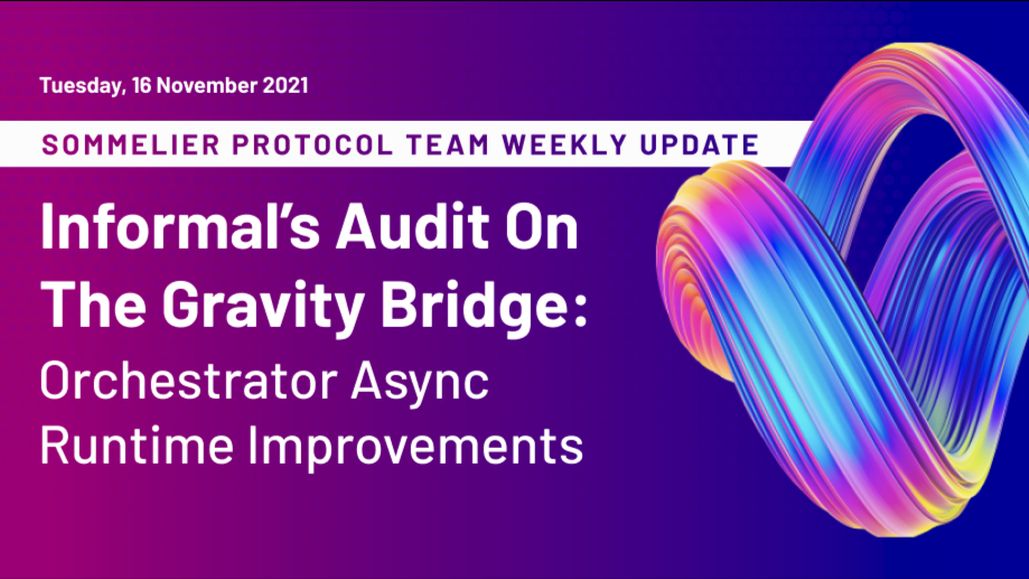
Sommelier Protocol Team Weekly Update #2
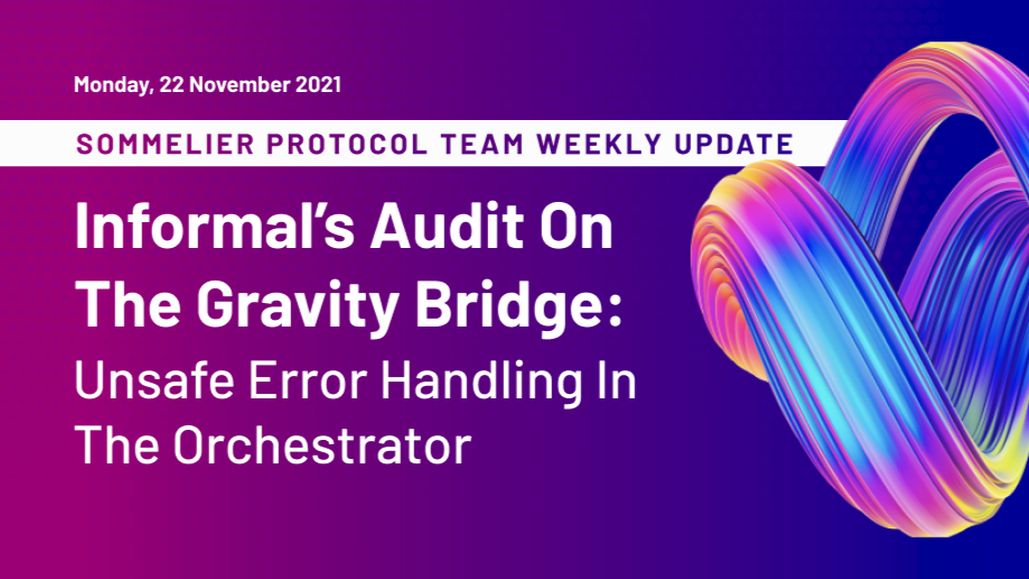
Sommelier Protocol Team Weekly Update #3

Three Things You Need to Know About Sommelier Governance This Week
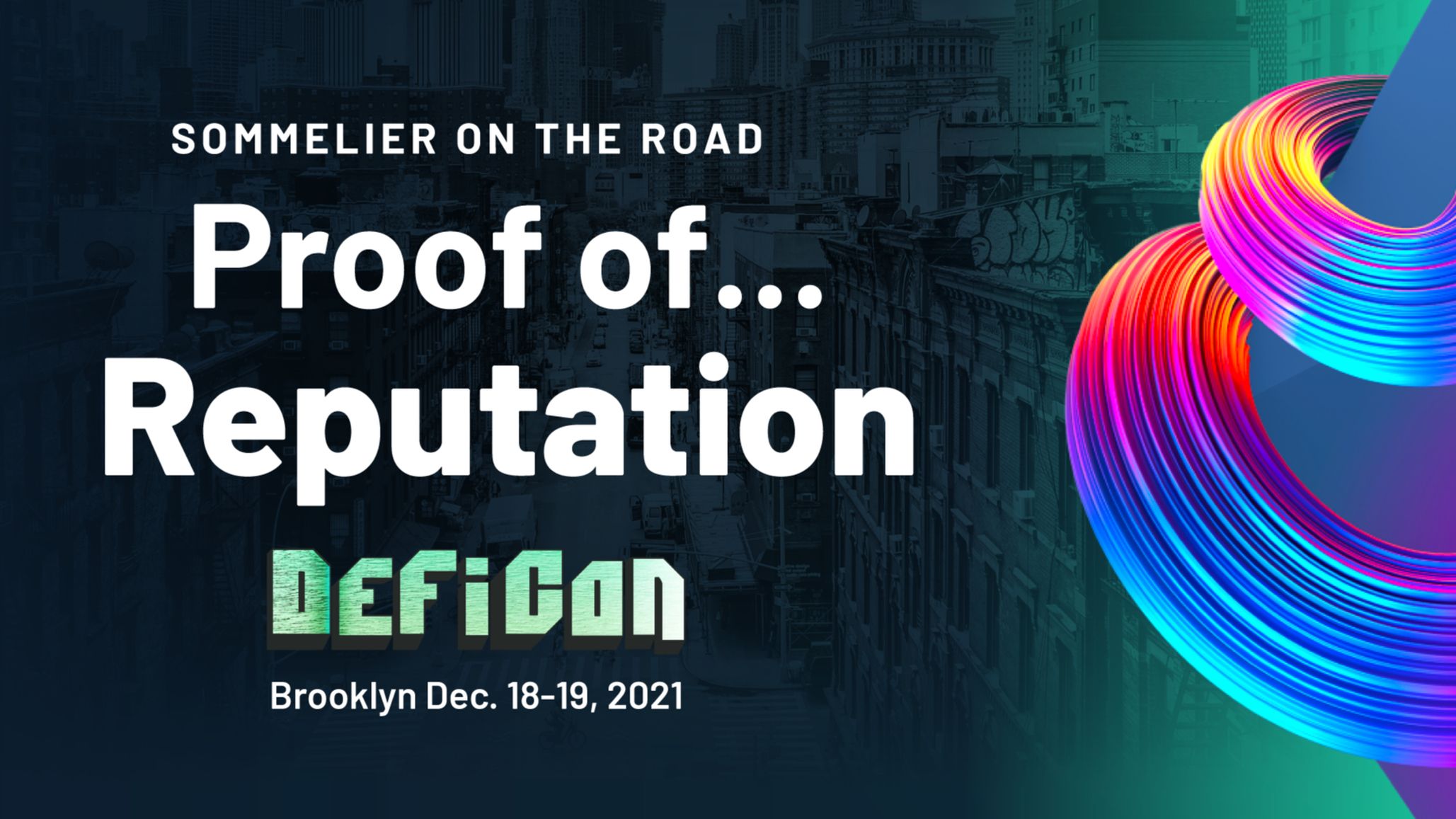
Sommelier On the Road: PROOF OF…REPUTATION
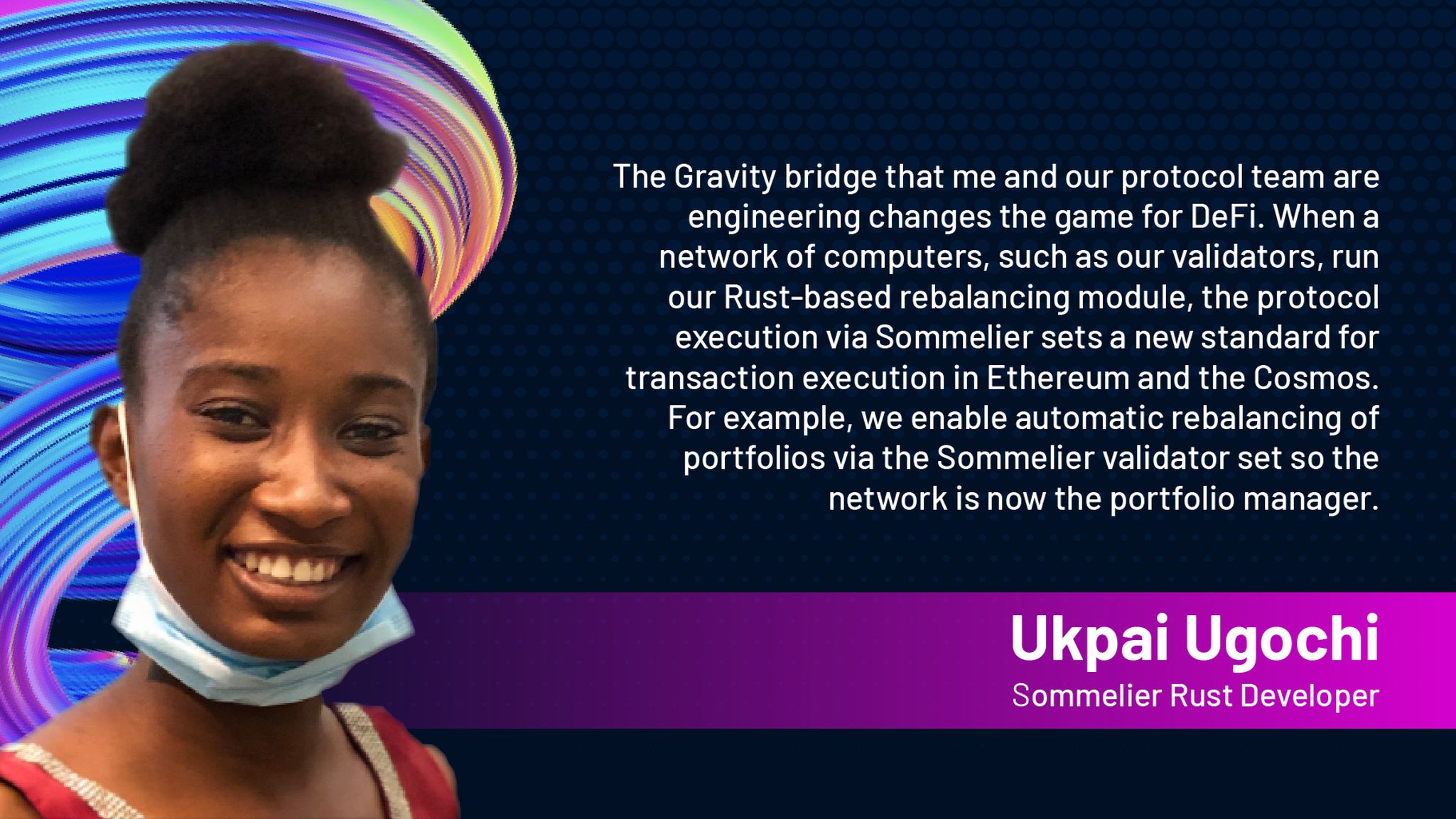
Introducing Ukpai Ugochi - Working on The Sommelier Cellars Rebalancer

Sommelier Announces 23MM Series A Mainnet Round to launch Automated DeFi via the Cosmos
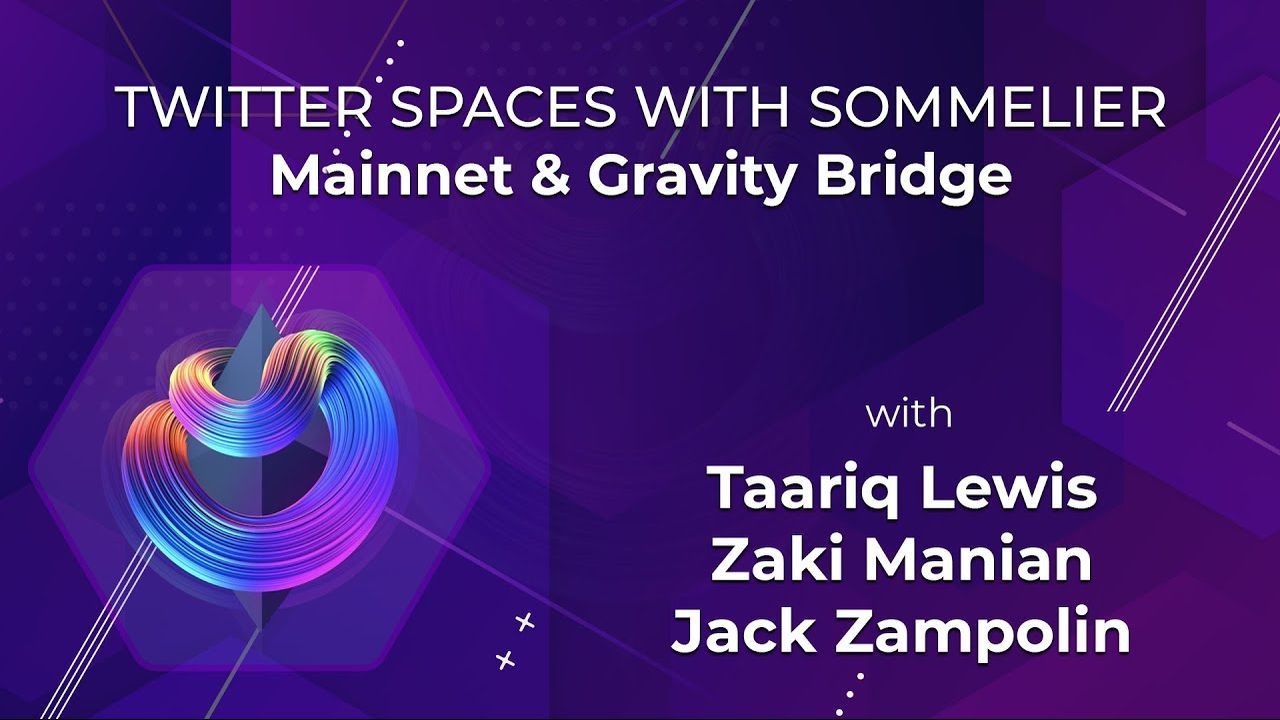
Twitter Spaces With Sommelier: Mainnet Launch & Gravity Bridge
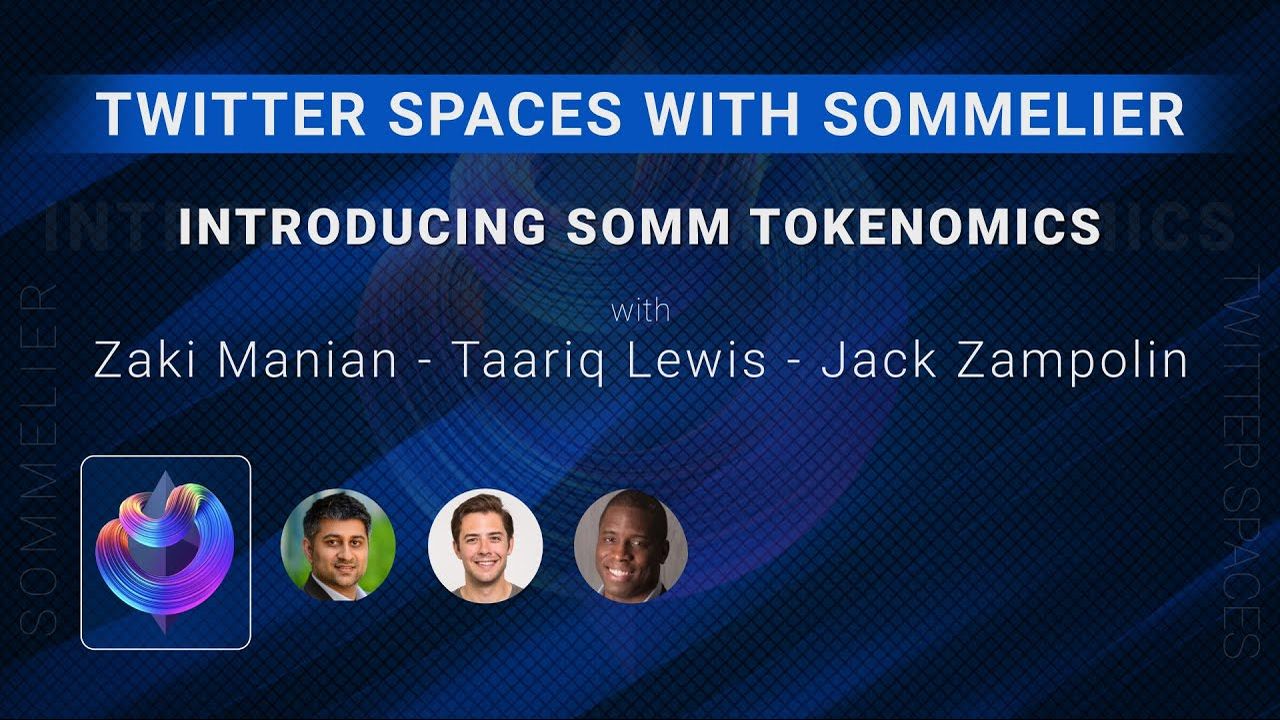
Twitter Spaces With Sommelier: Introducing SOMM Tokenomics

Twitter Spaces With Sommelier: Mysten Labs AMA With Evan Cheng

Introducing SIPS and Sommelier’s Governance Structure

Twitter Spaces With Sommelier: End of Year AMA 2021

Twitter Spaces With Sommelier: Intro to SIPS & Lisbon Blockchain Week
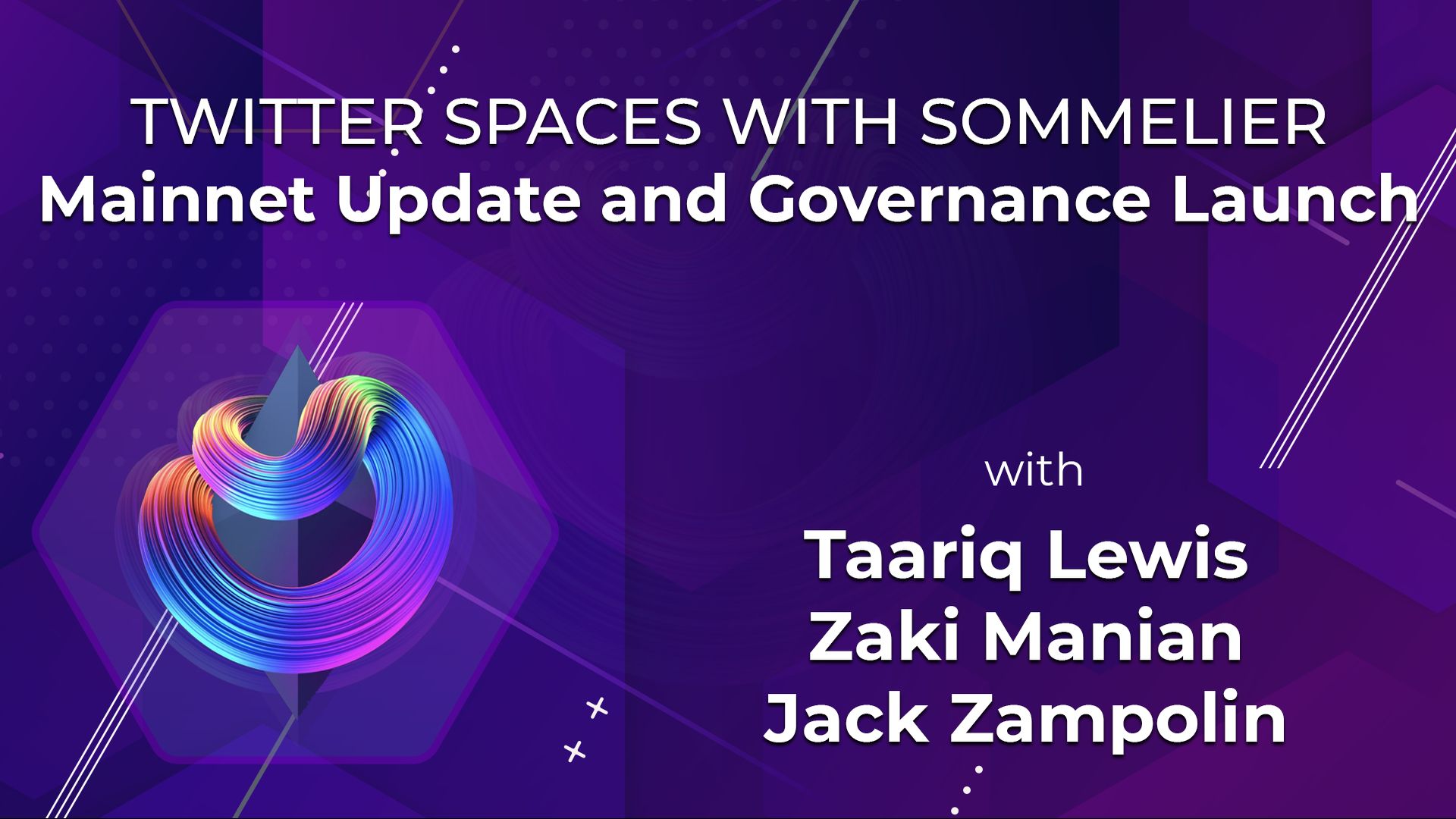
Twitter Spaces With the Sommeliers: Mainnet Update and Governance Launch

Sommelier Partners With Mysten Labs to Make Sommelier and All Cosmos Blockchains the Fastest Protocols on the Planet

Twitter Spaces With the Sommeliers: Sushi AMA With Joseph Delong
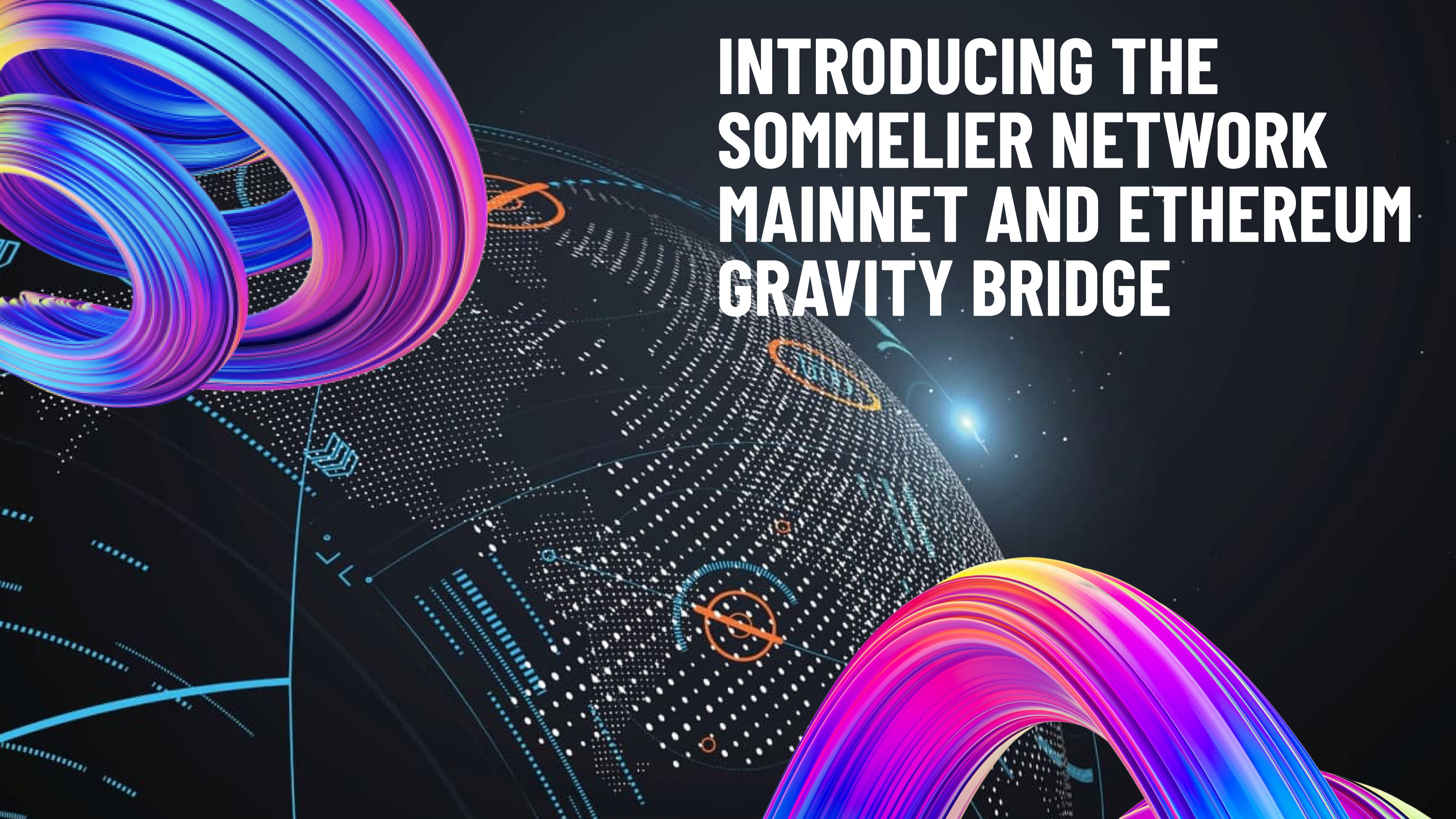
Introducing the Sommelier Network Mainnet and Ethereum Gravity Bridge
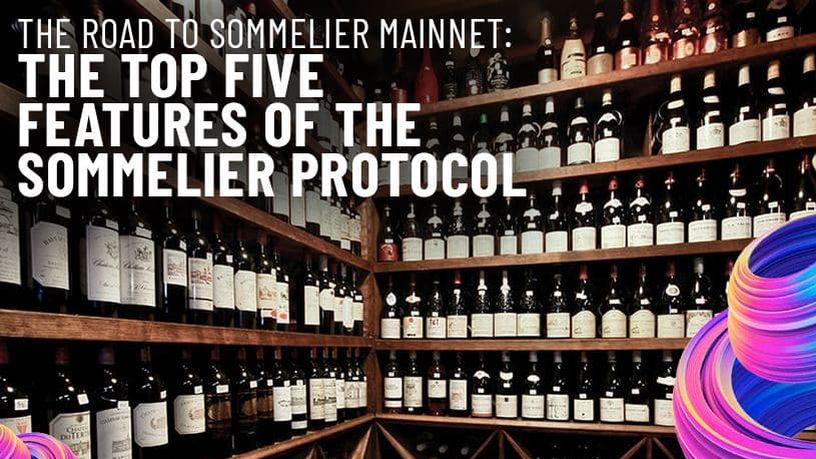
The Top Five Features of the Sommelier Protocol

Call for Validators: The Two Step Process for 2021

Two New Features Launched to Test Liquidity Management on Uniswap v3

Uniswap v3 Remove Smart Contract Incident Post Mortem for Sommelier
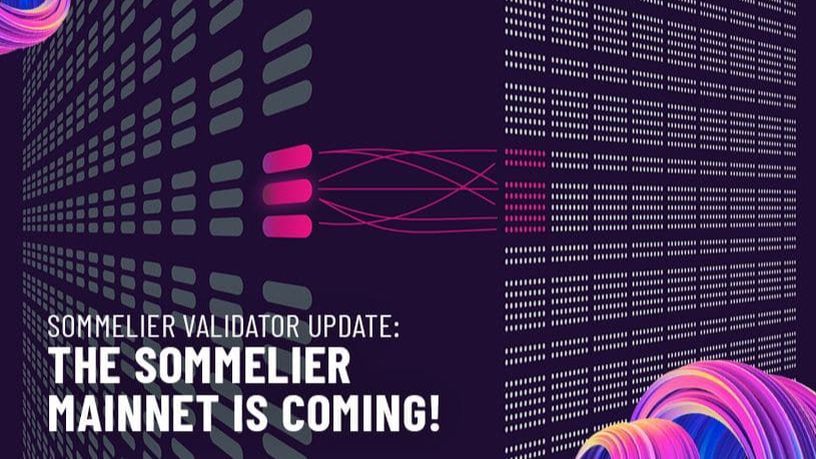
Call for Validators: Road to Sommelier Mainnet

Sommelier Liquidity AMA With Yenwen and Nick From Perpetual Protocol
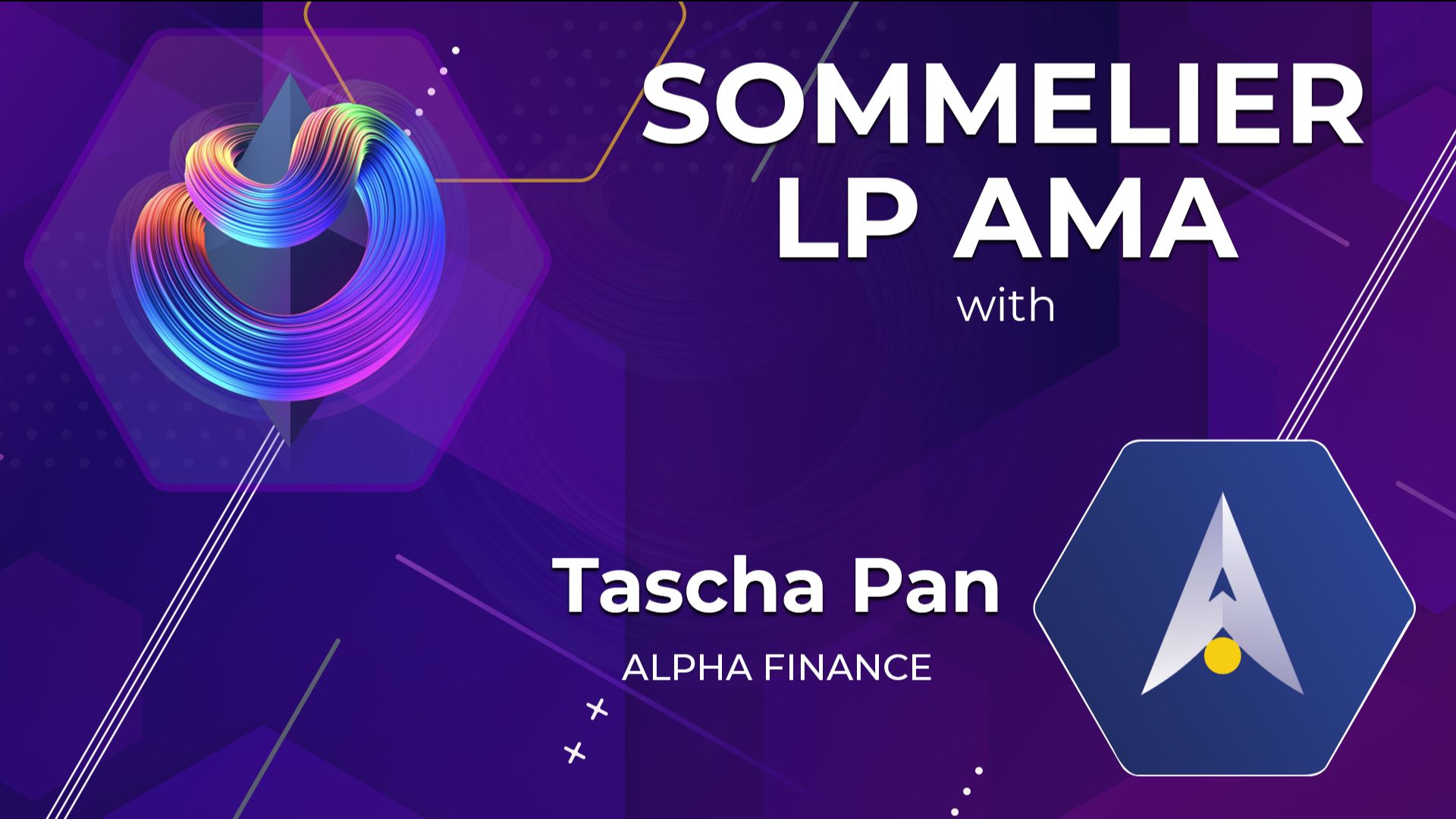
Sommelier Liquidity AMA With Tascha Pan From Alpha Finance

Sommelier Liquidity AMA With Loi Luu From Kyber Network

Sommelier Liquidity AMA With Alex From Peanut
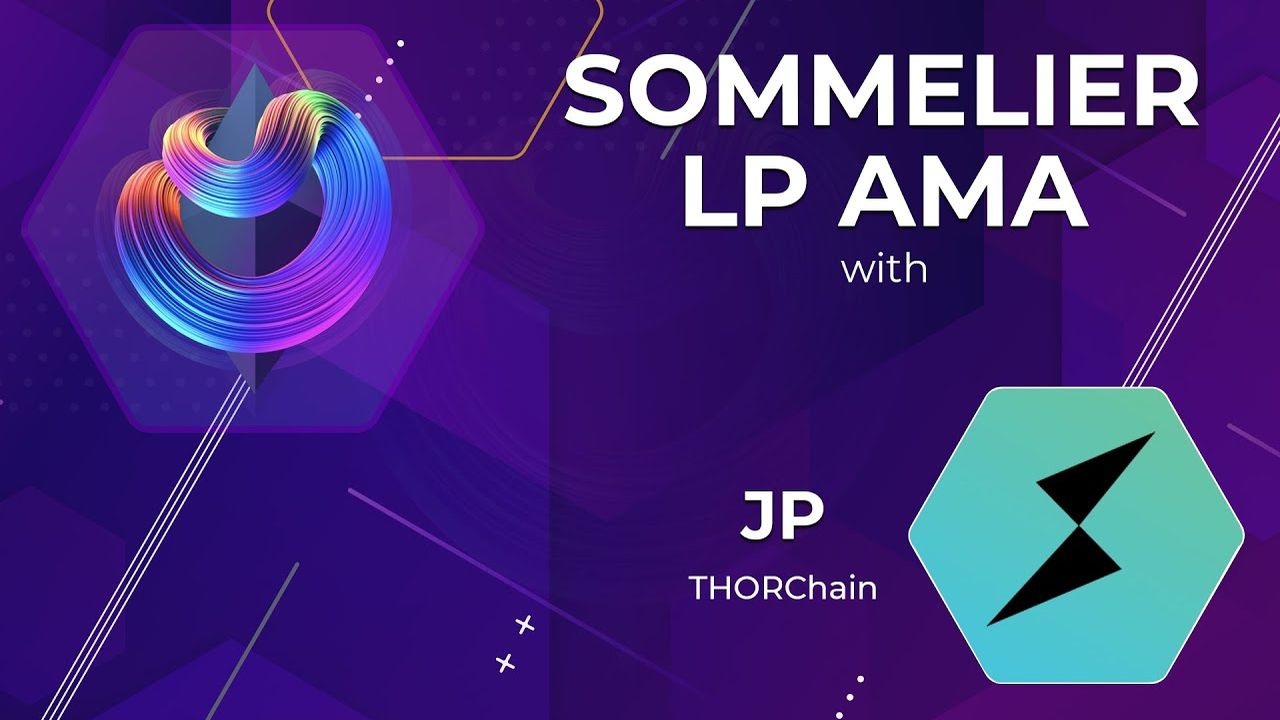
Sommelier Liquidity AMA With JP From THORChain

Sommelier Liquidity AMA With Alan Chiu From OMGX Network

Sommelier Liquidity AMA With Ari From Gelato Network
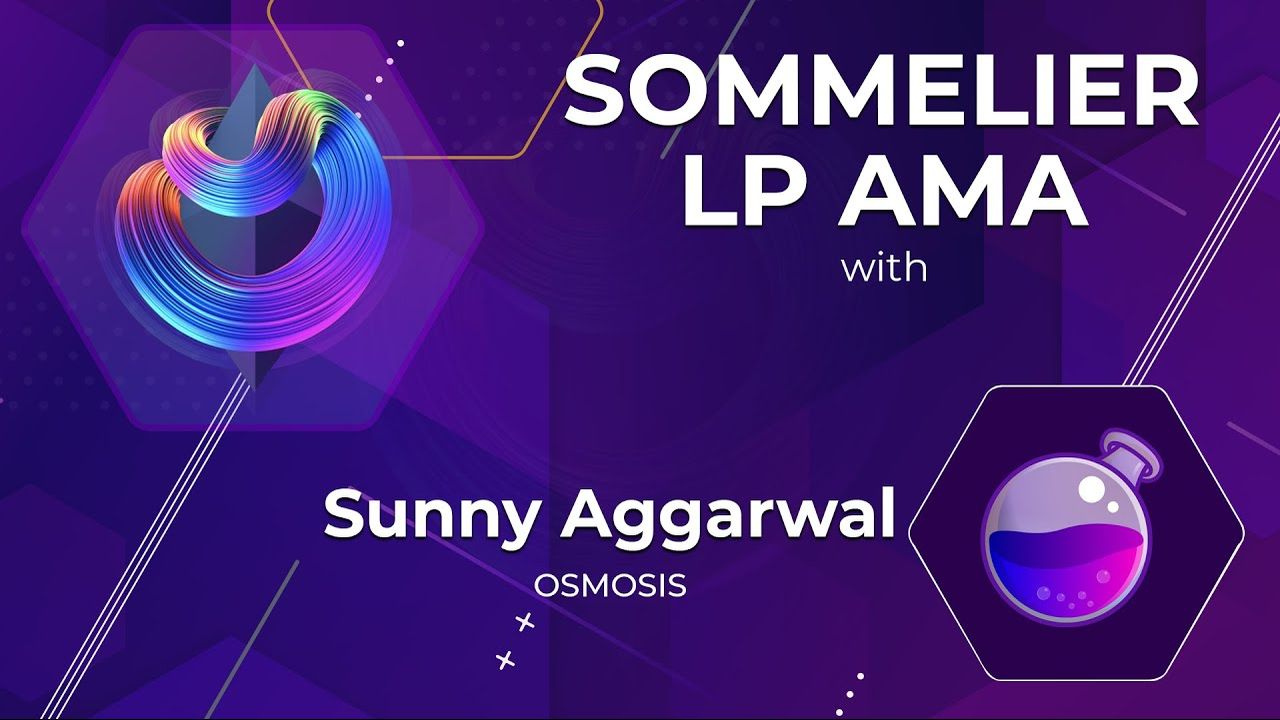
Sommelier Liquidity AMA With Sunny Aggarwal From Osmosis
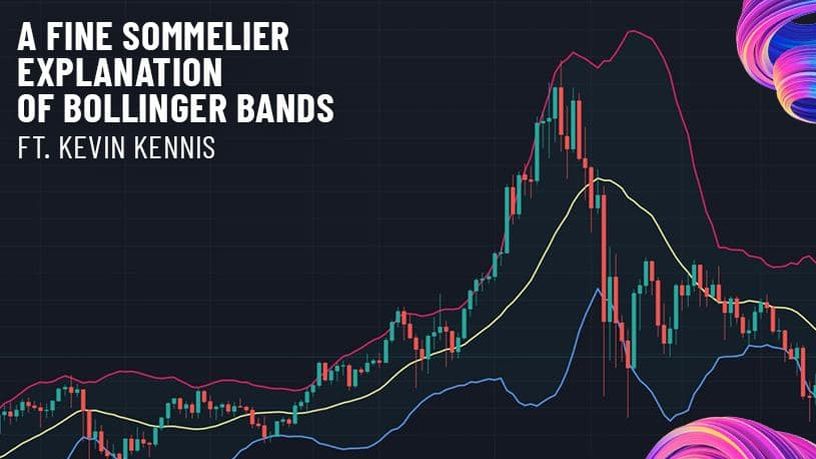
A Fine Sommelier Explanation of Bollinger Bands With Kevin Kennis

Sommelier Liquidity AMA With Mona El Isa From Enzyme

Sommelier Liquidity AMA With Haxor From Method Finance

Sommelier Liquidity AMA With Tor From Secret Network

Liquidity Provider Insights With Zaki Manian - Ep. 7 - DeFi Automation Space on Uniswap v3 and Where Sommelier’s Heading

Sommelier Liquidity AMA With Geralt From CyberFi

A Pairings Tutorial of Two Sided Liquidity Addition with Sommelier
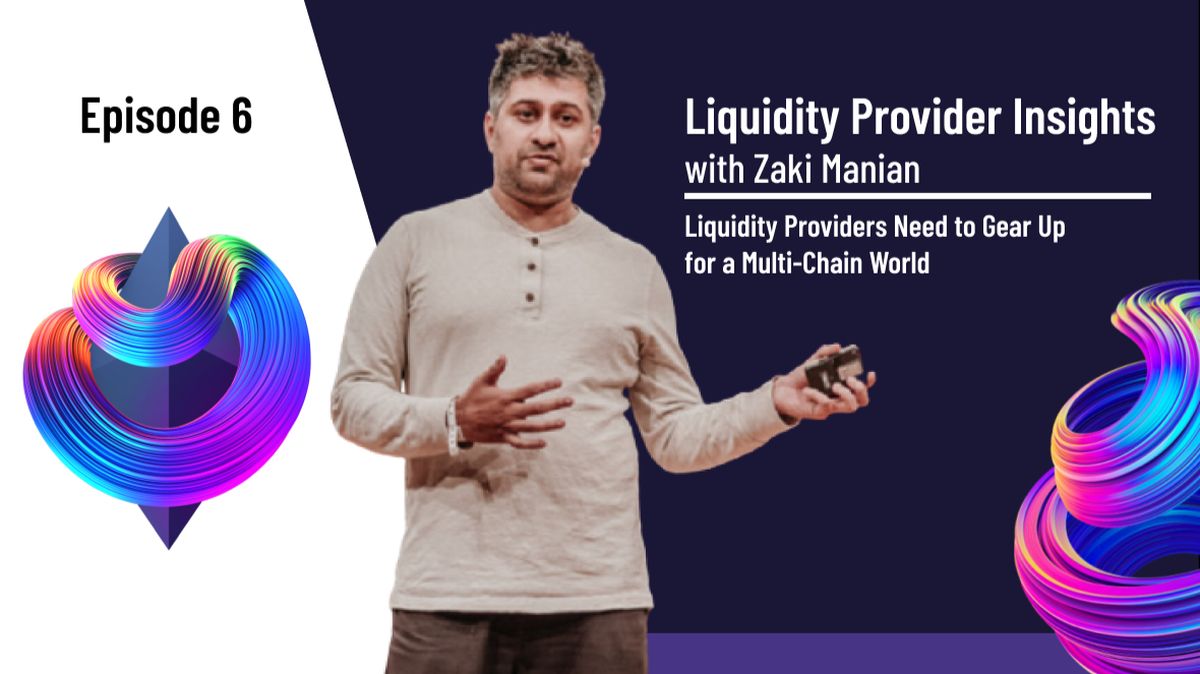
Liquidity Provider Insights with Zaki Manian - Ep. 6 - Liquidity Providers Need to Gear Up for a Multi-Chain World

Three New Summer Features for Liquidity Providers

Sommelier Liquidity AMA with Tom C and Max W from Charm

Sommelier Liquidity AMA with Dereek69 & Shalaquiana from BIOPset

Sommelier This Week - June 3rd 2021: The Road to Mainnet
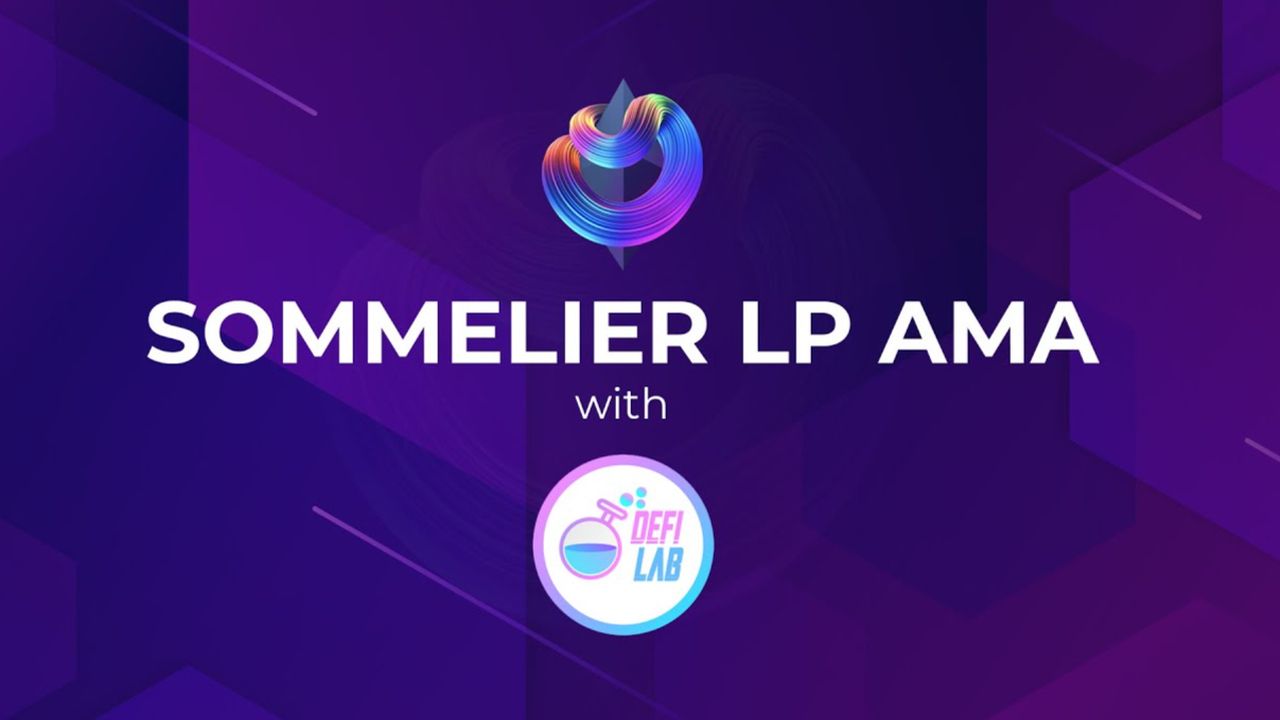
Sommelier Liquidity AMA with Federico Landini from DefiLab

Sommelier Liquidity AMA with Michael Egorov from Curve

Liquidity Provider Insights with Zaki Manian - Ep. 5 - A Bright Light at the End of a Long, Tough Weekend for Bitcoin

Sommelier This Week - May 27th 2021: What Aspiring Sommelier Validators Need to Know on Last Week’s Protocol and App Progress

Liquidity Provider Insights with Zaki Manian (Special Edition) - Ep. 4 - New Pairings Release

Sommelier R&D AMA With Yaniv Tal From the Graph

Sommelier Liquidity AMA with MacLane Wilkison from NuCypher

The Eight Steps to Become a Liquidity Provider with Pairings

Sommelier NFT Awards - May 18th, 2021
Pairings By Sommelier: The FAQ

Zaki Manian Breaks Down What Liquidity Providers Need to Know Under Uniswap v3

Sommelier This Week - May 6th 2021: How This Week’s Protocol and App Progress Weaves Together to Make a Product
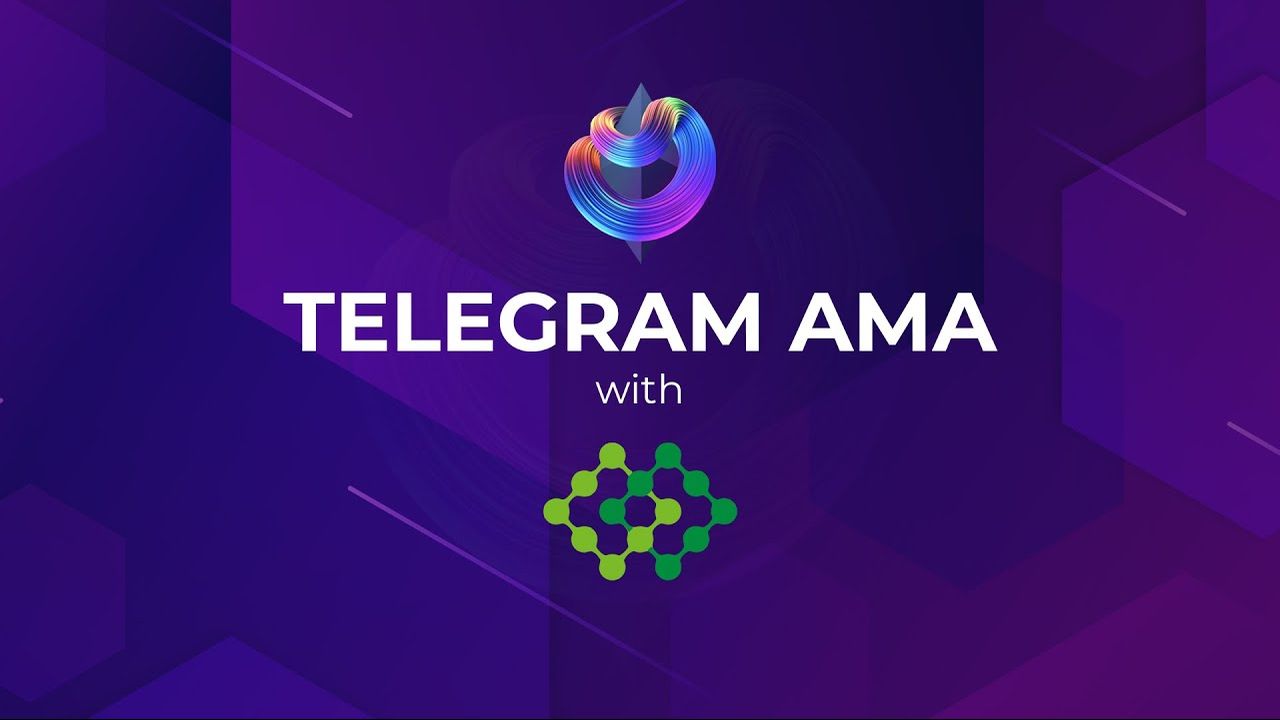
Sommelier Liquidity AMA with Dan Thomson from InsurAce

Sommelier This Week - April 29th 2021: Weeks Away From a Taste of the Sommelier App Experience and How the Dev Team Stays on Track
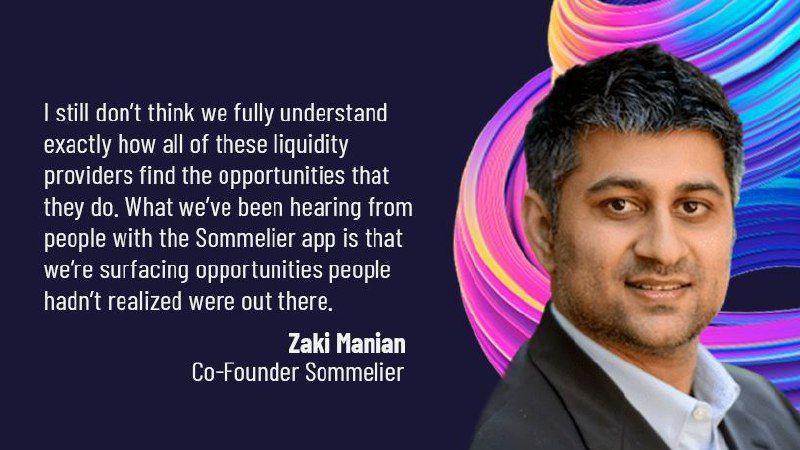
Zaki Manian Breaks Down a Phase Change Liquidity Providers Need to Know About Automated Market Makers

Introducing Jehan Tremback: Sommelier Core Developer and Althea Co-Founder that pushes the Limits of the Blockchain Bridge with Gravity

Sommelier This Week - April 22nd 2021: An Inside Look at Progress on Coordinating Sommelier Components That Contribute to the Chain

Sommelier This Week - April 15th 2021: Providing a Best-in-Class Experience for Uniswap Liquidity Providers

Sommelier Announces $1M R&D Grant from The Graph Foundation

Introducing LP Rewards: This Week With Cellframe
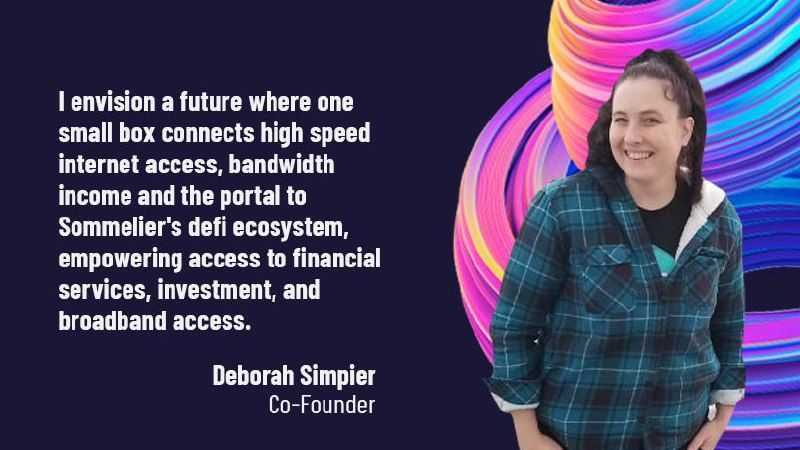
Introducing Deborah Simpier: Althea CEO and Sommelier Co-Founder Who Brought the Gravity Bridge to Life in The Cosmos

Sommelier This Week - April 8th 2021: What Uniswap v3 Means For Sommelier Architecture and Validators

Introducing Sommelier LP Rewards Program

Sommelier This Week - April 1st 2021: Gravity Bridge and Private Testnets

Blockchain startup decides to acquire a California winery and host NFT wine parties
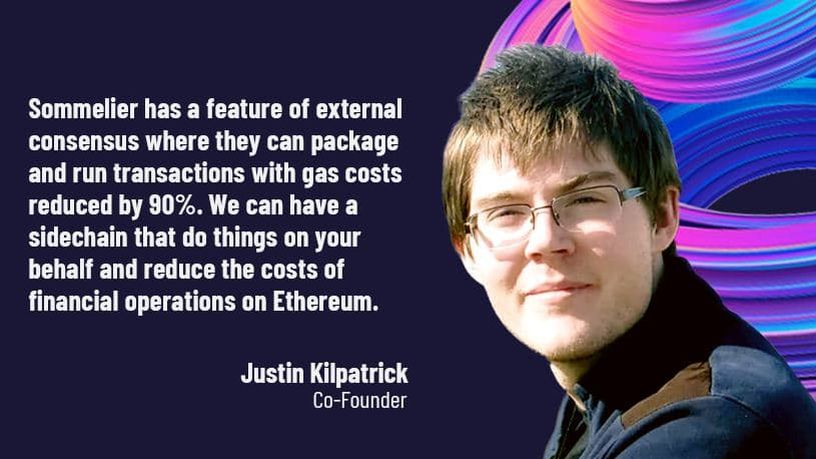
Introducing Justin Kilpatrick: The Blockchain Bridge Wizard Who Maintains Gravity

Five Ways UniswapV3 changes the world for Liquidity Providers on the AMM
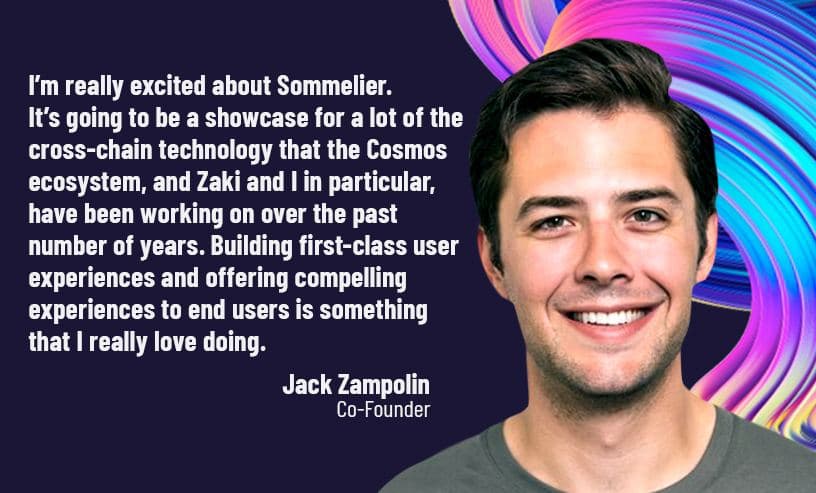
Introducing Jack Zampolin: On Becoming A Sommelier in The Cosmos
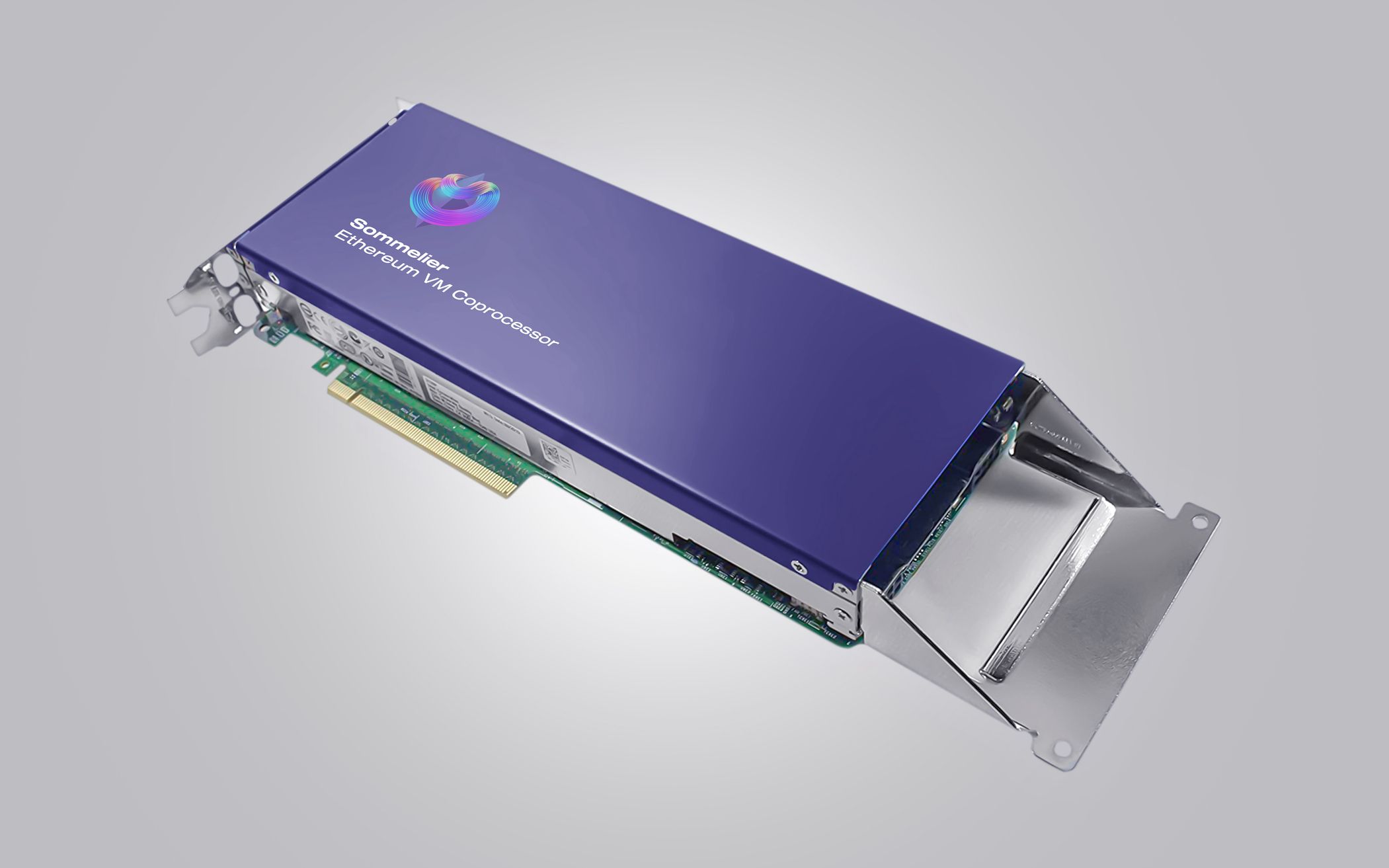
Sommelier: Welcome To The New CoProcessor For Ethereum
© 2025 Somm by Bajanss OÜ –Maakri 36-50, Tallinn, Estonia 10145